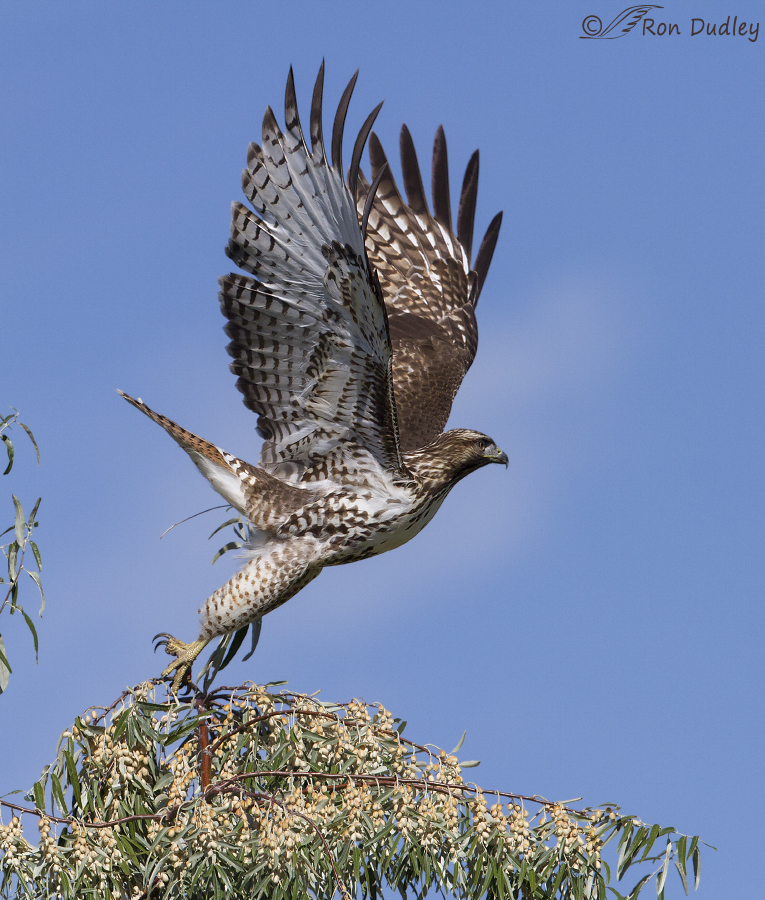Tag: head turn
A Northern Harrier Kind Of Morning
Normally I avoid doing back to back posts on the same species but I went out shooting immediately after I published that last post and surprisingly it turned out to be a heckuva harrier morning. I’ve mentioned before that I usually have my best luck with harriers in the middle of winter, but yesterday I found two cooperative birds. 1/1600, f/6.3, ISO 500, 500 f/4, 1.4 tc, natural light, not baited, set up or called in This beauty was hunkered down for a break from hunting and let me get surprisingly close. It was early morning, the light was warm, and the bird posed for me for a long time. I chose to post this almost direct look from the hawk for a reason – because out of all those images, this one shows the unique harrier facial disc best. A facial disc is a concave arrangement of feathers on the face of some birds (most notably owls) that forms a circular parabaloid that collects sound waves and redirects them toward the ears. In harriers the disc is less prominent than in owls, but larger in relative size because it extends to the neck, so it is commonly referred to as a facial ruff, rather than a disc. The large ear openings of harriers are buried in the feathers of the head and can’t be seen. The angle of the disc or ruff feathers can be adjusted to alter the focal length of the sound waves they’re collecting, which allows the bird to “focus” at different distances – a…
A Northern Harrier Kind Of Morning
Normally I avoid doing back to back posts on the same species but I went out shooting immediately after I published that last post and surprisingly it turned out to be a heckuva harrier morning. I’ve mentioned before that I usually have my best luck with harriers in the middle of winter, but yesterday I found two cooperative birds. 1/1600, f/6.3, ISO 500, 500 f/4, 1.4 tc, natural light, not baited, set up or called in This beauty was hunkered down for a break from hunting and let me get surprisingly close. It was early morning, the light was warm, and the bird posed for me for a long time. I chose to post this almost direct look from the hawk for a reason – because out of all those images, this one shows the unique harrier facial disc best. A facial disc is a concave arrangement of feathers on the face of some birds (most notably owls) that forms a circular parabaloid that collects sound waves and redirects them toward the ears. In harriers the disc is less prominent than in owls, but larger in relative size because it extends to the neck, so it is commonly referred to as a facial ruff, rather than a disc. The large ear openings of harriers are buried in the feathers of the head and can’t be seen. The angle of the disc or ruff feathers can be adjusted to alter the focal length of the sound waves they’re collecting, which allows the bird to “focus” at different distances – a…


